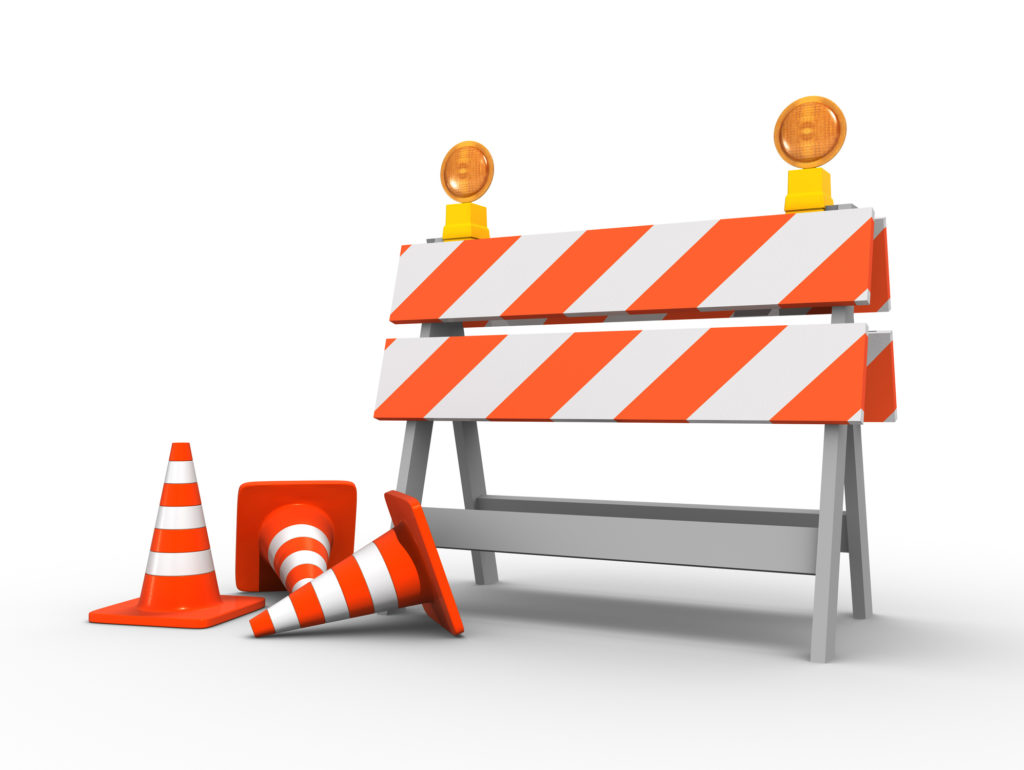
“Every conversation I have – whether it’s with a CEO, VP of Sales, or VP of Marketing – is all about building pipeline. Everyone wants more pipeline. Everyone wants a better pipeline.”
- Sally Duby, Chief Sales Officer, The Bridge Group, Inc.
Pipeline is the lifeblood of your organization. Without it, revenue quickly dries up and leaves the company scrambling just to stay afloat. To build sustainable pipeline, successful companies continuously fill the funnel with high-quality leads through ongoing inbound and outbound activities.
During our recent webinar about building pipeline, we sat down with Sally Duby of The Bridge Group, Inc. As Chief Sales Officer at The Bridge Group, Sally is recognized as one of the AA-ISP’s most influential inside sales experts. She’s also the Co-Founder of the VP of Sales Forum, a trusted networking and education platform for sales executives.
Based on our discussion with Sally, this first article (in a series of three) covers five roadblocks to building pipeline.
1. Lack of Meaningful Communication Between Teams
Building pipeline is difficult – if not impossible – when your teams aren’t communicating with one another.
“The biggest challenge we see in creating pipeline is lack of communication,” Duby said. “I’ve been in this industry for well over twenty years, and communication still presents a major challenge for many companies.”
Failing to follow a predictable cadence of structured meetings causes teams to operate independently from one another. Without a continuous feedback loop, your sales reps, SDRs and marketing team lack the data that’s necessary to elevate lead quality. As a result, account executives spend more time disqualifying leads than closing deals.
Key takeaway: Miscommunication between sales and marketing produces more confusion than pipeline.
2. Discrepancies in Terminology
Lead vs. prospect. Qualified lead vs. non-qualified lead. Buyer persona vs. ideal customer profile.
Even when your sales and marketing teams are proactively communicating with one another, there’s still plenty of room for confusion. Discrepancies in terminology can be particularly detrimental to building pipeline.
“There must be agreement on terminology, particularly when it comes to defining your target accounts,” Duby said. “I’ve witnessed situations where SDRs and sales reps get out of sync on terminology, leading to low-quality appointments and frustration for everyone – including the prospect.”
Key takeaway: Misalignment on basic definitions accelerates confusion and inhibits pipeline.
3. Customers Don’t Want to Talk to “Vendors”
“Buyers don’t care about you as a vendor,” Duby said. “To build pipeline, you must create engagement and show prospects that you understand their needs.”
It’s great when sales reps believe in your products and services. Simply pushing features and benefits, however, isn’t enough to move the needle. In today’s era of distributed teams, your reps can’t just walk into the corporate office of a target account and sell, sell, sell.
With decision makers spread across multiple geographic locations (and increasingly unwilling to answer their phones), the need for high-impact, personalized outreach sequences has never been greater.
Key takeaway: Prospects want more solutions, less talk.
4. Sales Reps Aren’t Great at Prospecting
Your sales reps do a lot of things well. Following up on opportunities, making presentations, and closing deals are their specialty. Outbound prospecting, however, may not be their greatest strength or highest priority.
“Sales reps are often the worst at prospecting,” Duby said. “Many just don’t have the time to properly engage prospects through a multi-stage follow-up process.” As a result, sales reps tend to focus more energy on existing deals instead of building new pipeline.
When reps aren’t cultivating new prospects, companies relegate themselves to a sole reliance on inbound, which has its own set of limitations. “You can’t just rely on inbound,” Duby said. “The million dollar deals don’t typically come from inbound – you have to go out and get them through outbound.”
Key takeaway: Your sales reps’ busy schedules could cost you some big deals.
5. There’s No Such Thing as a “One-Size-Fits-All” Strategy
Whether your company has an established pipeline or you’re just getting started, you’ve probably asked yourself at least a few of these questions:
- What’s the best way to scale an outbound sales operation?
- How should we compensate our SDRs?
- When should we hire more reps?
- What’s the right balance between inbound and outbound?
- Should we promote sales managers from within?
- What metrics are most important for building pipeline?
- Which software is the best fit for our pipeline?
- Quality or quantity?
Though companies of all sizes are likely to have similar questions about building pipeline, there’s no one-size-fits-all answer. “Building pipeline at a large corporation is very different from building pipeline at a startup that’s in growth mode,” Duby said. “Every company is different, so every company needs its own strategy for building pipeline.”
Key takeaway: There’s not a one-size-fits-all strategy that can eliminate your pipeline roadblocks.
Up Next: Pipeline-Building Best Practices
Clearly, there are plenty of roadblocks to pipeline generation. Stay tuned for our next article, which will share some of Sally Duby’s best practices for overcoming these roadblocks and accelerating pipeline at your organization.
In the meantime, feel free to sign up for a Mixmax account. Mixmax helps modern teams overcome roadblocks by simplifying every aspect of outbound communication. Declutter your email, automate your day, and build pipeline with Mixmax.


.png?width=450&height=250&name=Episode%20Graphic%20(1).png)
